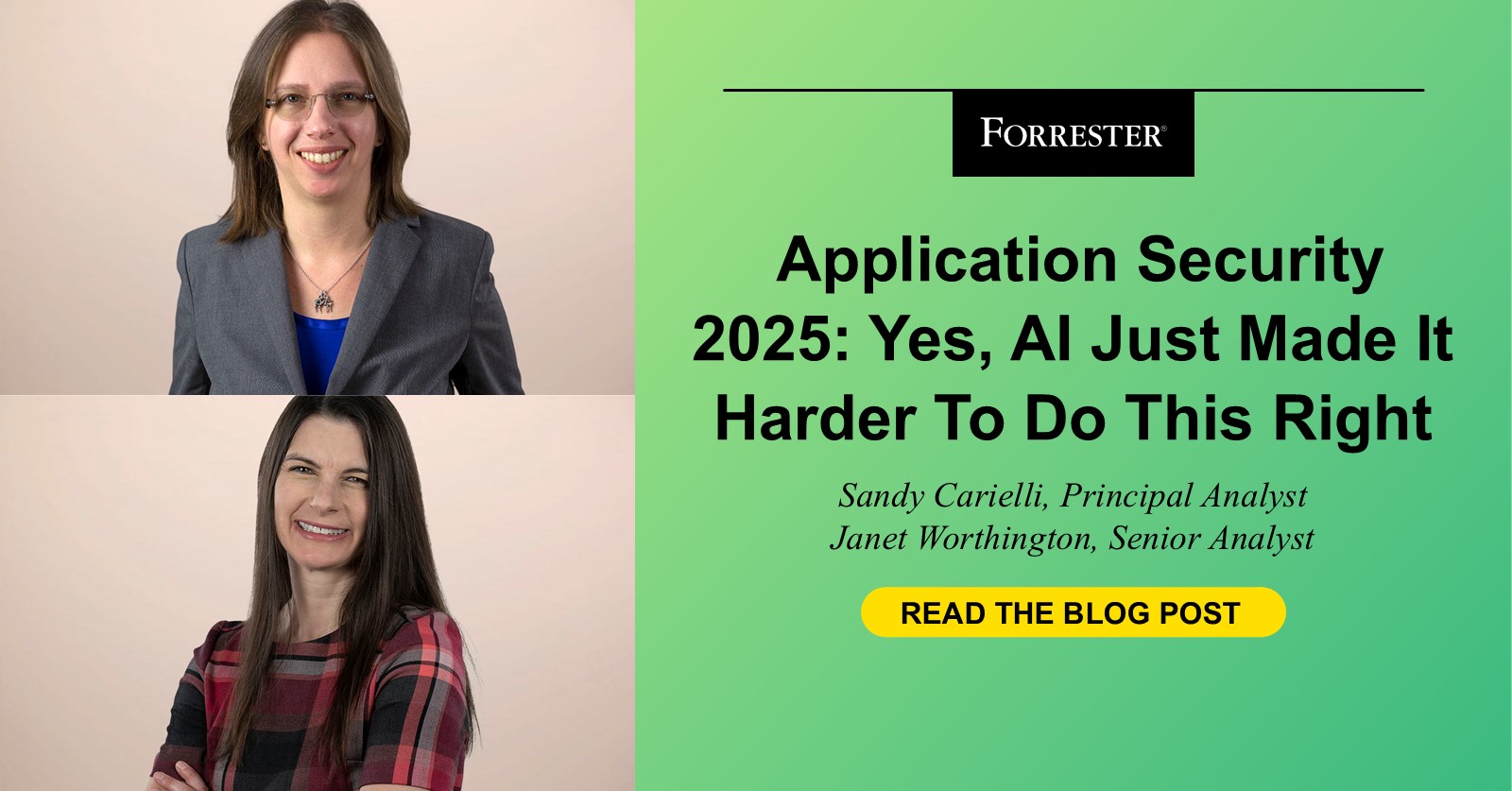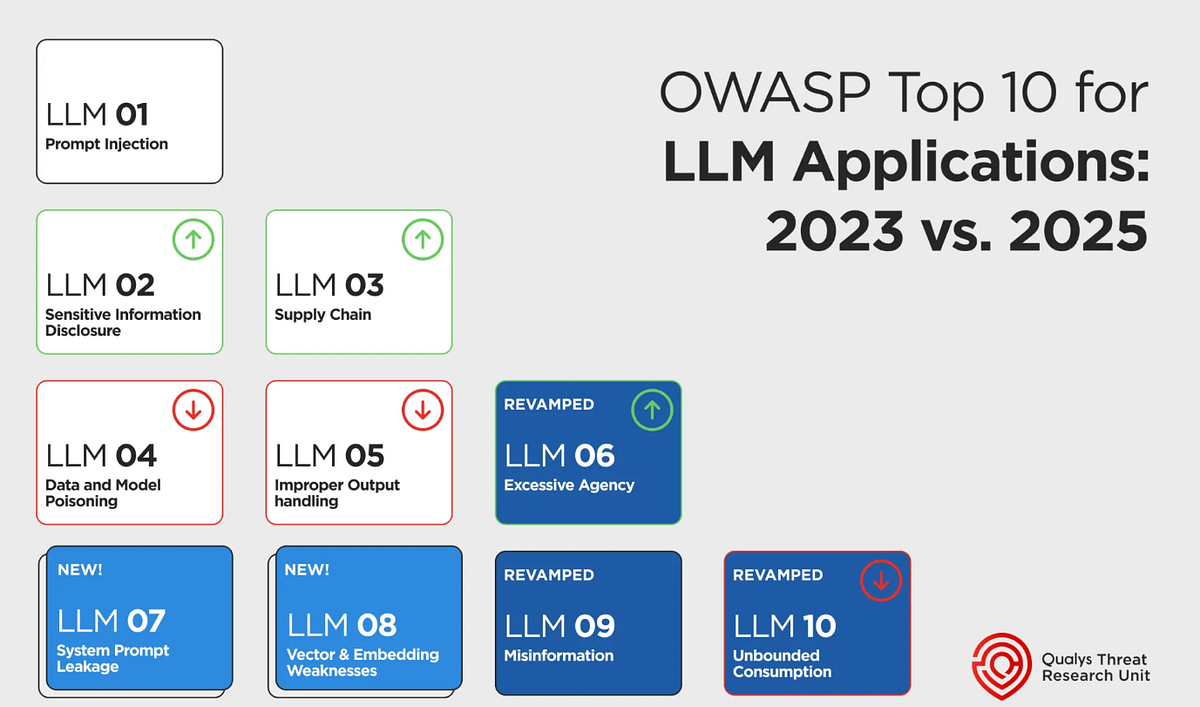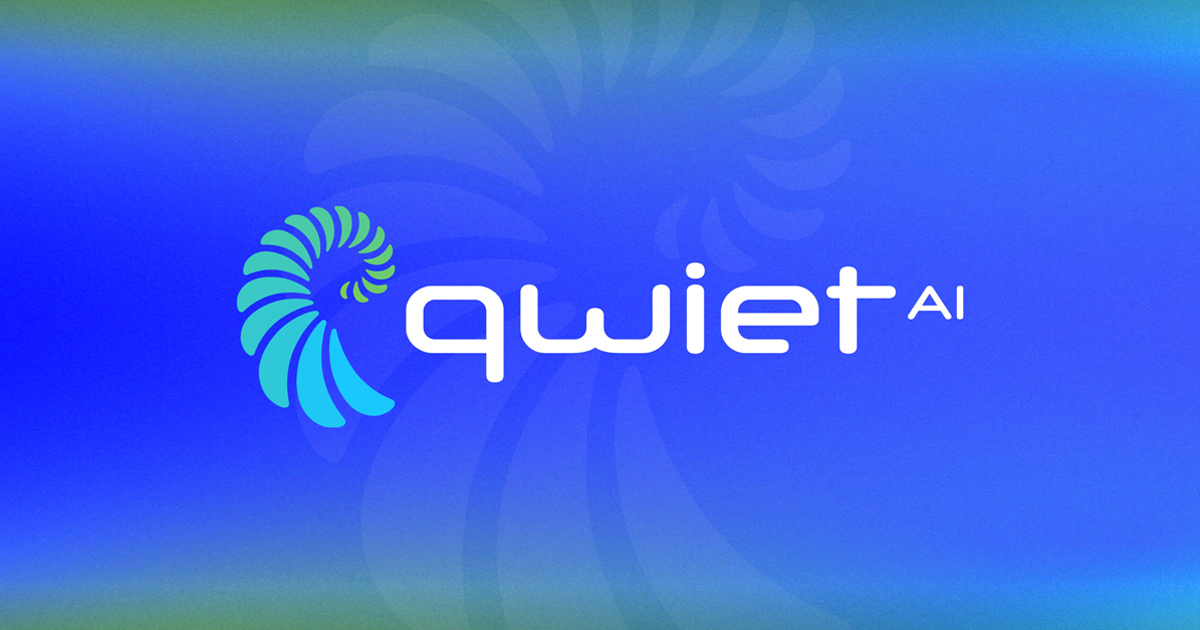Cybersecurity: AppSec in 2025
Navigating the Evolving Landscape of Application Security








As we step into 2025, the realm of application security (AppSec) is undergoing a seismic shift. With the rapid evolution of technology and increasing cyber threats, organizations must adapt to stay secure.
The OWASP Top 10: A New Perspective
The OWASP Top 10 has long been a cornerstone for AppSec practitioners. The 2025 edition introduces new categories reflecting the changing threat landscape, emphasizing the need for continuous learning and adaptation [1].

Why OWASP Matters
The OWASP Top 10 serves as an awareness document, guiding developers and security teams in identifying and mitigating risks. Understanding these vulnerabilities is crucial for building secure applications.
Key Trends in Application Security for 2025
In 2025, several trends are shaping the AppSec landscape. From AI-driven security measures to the integration of secure coding practices, organizations must be proactive in their approach [2].
1. AI and Machine Learning
AI is revolutionizing how we detect and respond to threats. Machine learning algorithms can analyze vast amounts of data, identifying patterns that may indicate a security breach before it occurs [3].
2. Secure Coding as a Habit
Secure coding is transitioning from a checklist item to a fundamental practice. Developers are increasingly adopting secure coding habits as part of their daily routines, ensuring that security is built into the development process [2].

3. Collaboration Across Teams
Bringing AppSec, DevOps, and cloud teams together is crucial for reducing risk. Collaborative efforts can streamline security processes and ensure that security is a shared responsibility across the organization [5].
The Challenges Ahead
Despite advancements, challenges persist. The integration of AI in development introduces new vulnerabilities, making it harder to maintain security standards [3]. Organizations must remain vigilant and adaptable.
As applications become more complex, managing the attack surface is increasingly critical. Each new API or microservice adds potential entry points for attackers, necessitating robust security measures [5].
